Properties of Ayurvedic Herbs
March 24th, 2007 | admin
JivakaÂ’s test suggests that every herb is a medicinal herb and every plant a medicinal plant. However, not all herbs or plants are considered to have medicinal properties. There are large number of medicinal herbs out there in jungles, hills, mountains and even in your backyard. By Ayurvedic medicinal herbs, it should be understood that the plants growing in India. Ayurveda is also practiced in countries like Srilanka, Tibet etc. The medicinal quality of the plants there are more or less the same as that of in India.
Herbs are taken either alone or in combination. An Ayurvedic practitioner must identify the herb or herbs that will work for the person with his/her present conditions. The herbal formulas are exclusively for strengthening the revitalizing power of human body to regain the state of health while normalizing the vitiated doshas.
A single herb can have multiple medicinal properties, while it gives different medicinal properties when used in combination with other herbs. It is also to be noted that there can be different herbs or plants used for the same results.
The properties or use of medicinal plants are classified into three
Vaishek guna or properties related to sensory organs
Samanya guna or general properties
Atma guna or properties related to soul or spiritual properties
The properties of herb are classified mainly based on taste – sweet, sour, salty, bitter, etc.
Ayurveda acharyas have described in Ayurvedic scripts like Astanga Hridaya, the medicinal properties of herbs, their preparation methods and conditions for which they are used.
Acharyas recommend the use of fresh herbs. In case it is not possible, you can use properly preserved herbs that are not older than a year. The quality of herbs also changes with the season in which they are grown and plucked.
Though not generally without side effects, some Ayurvedic herbs are very powerful while others are mild.




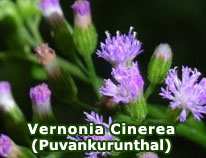
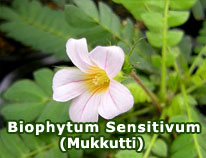
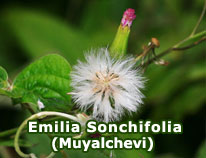
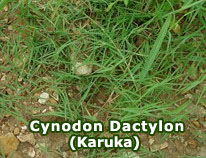
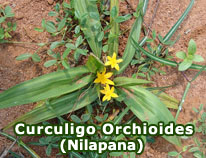
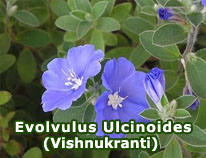
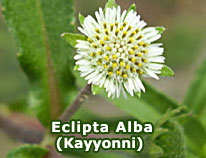
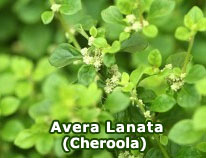
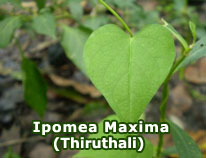
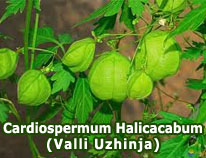
 Loading ...
Loading ...





